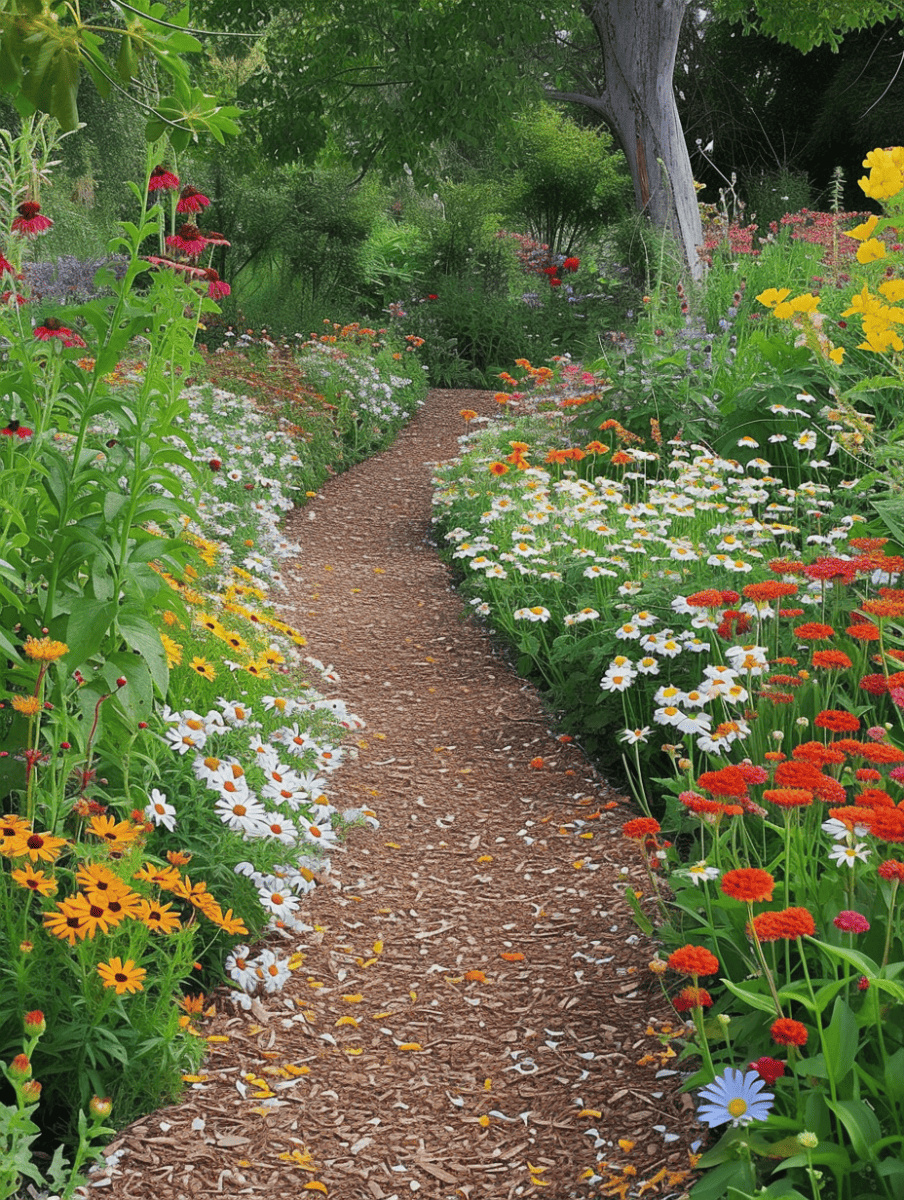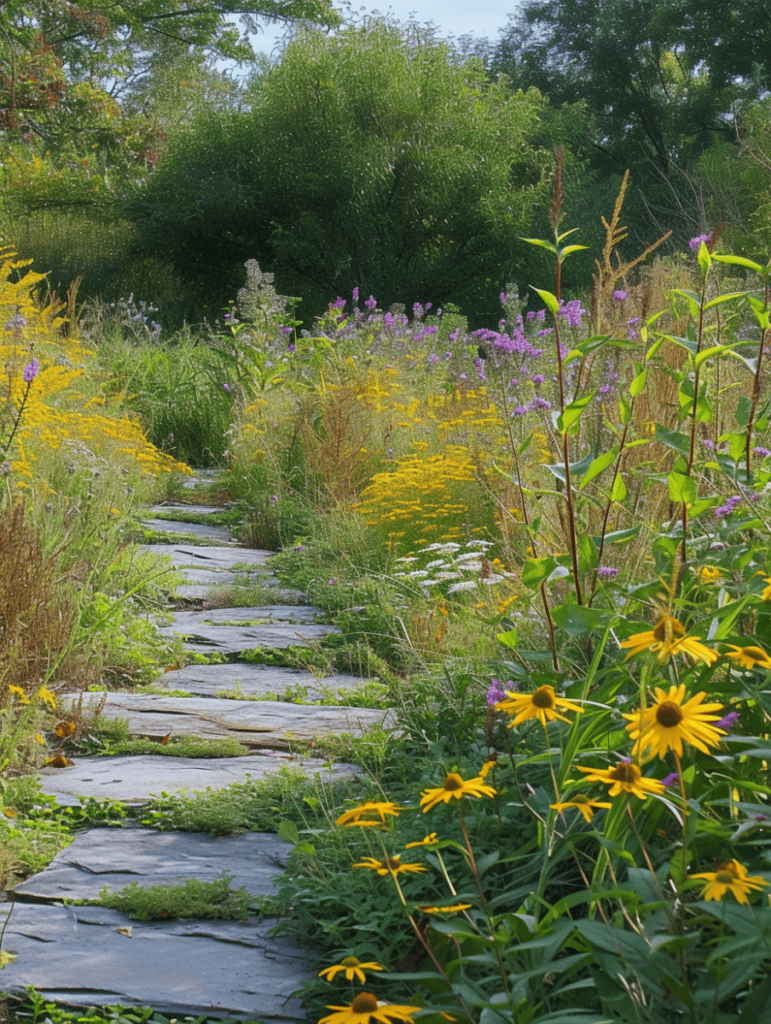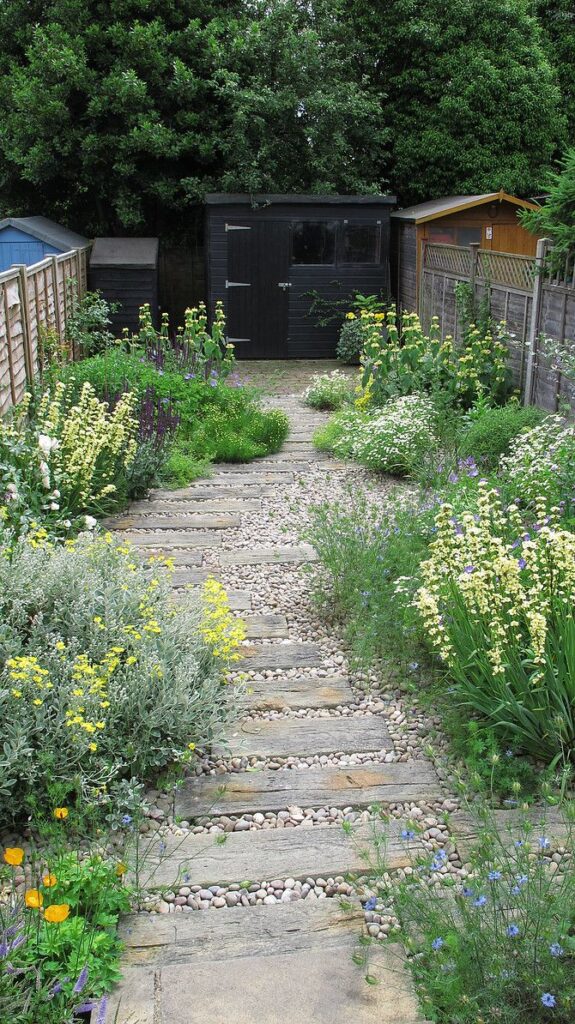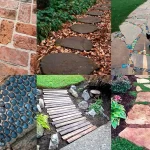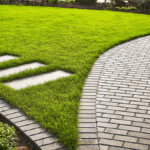Garden paths are an essential element of any outdoor space, serving both practical and aesthetic purposes. A well-designed garden path can add structure and organization to a garden, guiding visitors through different areas and creating a sense of order and flow. Paths can also enhance the overall look of a garden, adding beauty and visual interest to the landscape.
When it comes to choosing a garden path, there are numerous options to consider. From traditional materials like gravel, stone, and brick to more modern choices like concrete pavers and rubber mulch, the possibilities are endless. The material you choose will depend on your personal style, the overall look of your garden, and your budget. Each material has its own advantages and disadvantages, so it’s important to carefully consider your options before making a decision.
In addition to the material, the shape and layout of a garden path are also important considerations. Straight paths are the most common choice, offering a clean and simple look that works well in most gardens. However, curved paths can add a sense of mystery and intrigue, enticing visitors to explore and discover what lies around the next bend. When designing your garden path, consider the overall layout of your garden, as well as any existing features like trees, shrubs, and flowerbeds.
Another important factor to consider when designing a garden path is its width. A path that is too narrow can feel cramped and uncomfortable to walk on, while a path that is too wide can look out of place and disrupt the flow of the garden. The ideal width for a garden path will depend on the size of your garden, the amount of foot traffic it receives, and the overall design aesthetic you are aiming for. In general, a path that is between 2 and 3 feet wide is a good starting point.
Finally, don’t forget to think about lighting when designing your garden path. Adding lighting along a path can enhance its beauty and functionality, making it easier to navigate your garden after dark. From simple solar-powered stake lights to more elaborate fixtures like lanterns and string lights, there are numerous options to choose from. Consider the overall design of your garden, as well as any safety concerns, when selecting lighting for your garden path. With a carefully designed and well-maintained garden path, you can enhance the beauty and functionality of your outdoor space, creating a welcoming and inviting atmosphere for both you and your visitors to enjoy.
